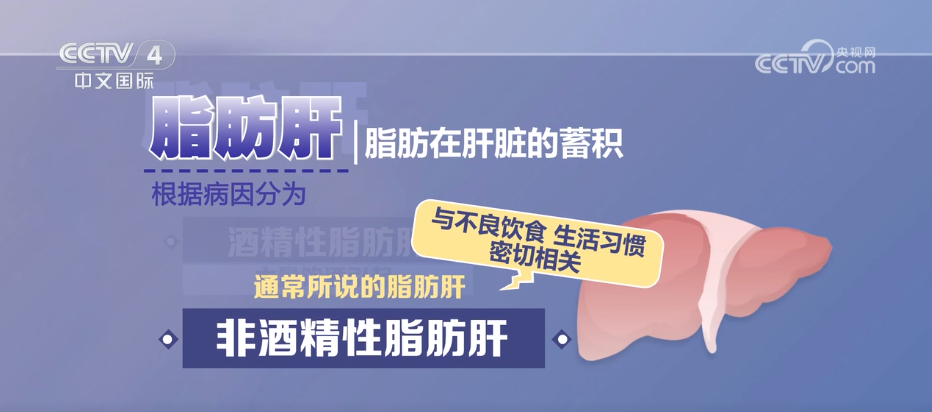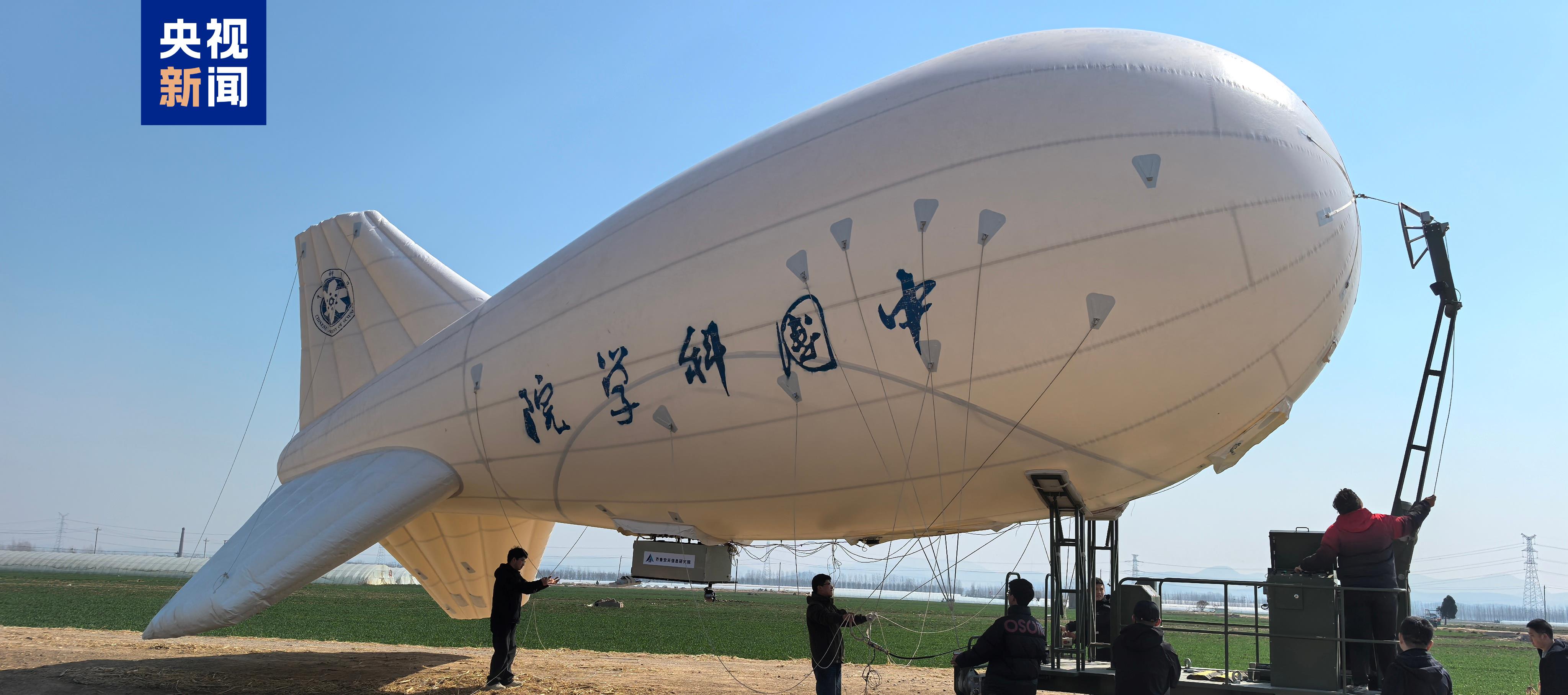CCTV News: Since the beginning of this year, the digital economy has shown rapid development, especially the artificial intelligence large models and data industries have become popular, driving the demand for computing power to explode, and data centers and computing power centers have therefore become major power users.
How to provide sufficient and stable energy supply for the rapid growth of emerging industries, and how the power industry can cope with new challenges. The reporter recently conducted a research interview in Zhejiang, a major digital economy province.
In Hangzhou, Zhejiang, a number in the local power sector has attracted the attention of journalists.
231%, in the first two months, the electricity consumption of the Internet data service industry in Hangzhou increased by more than triple compared with the same period last year.
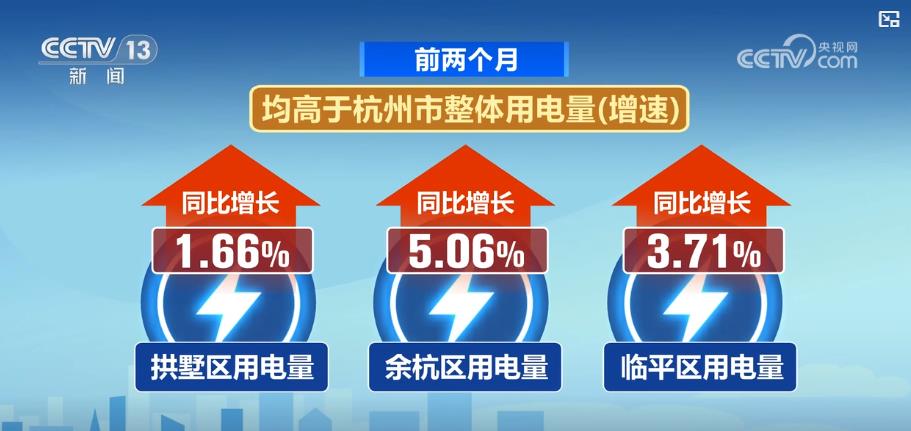
From the distribution of electricity consumption areas, the electricity consumption growth rate in the areas where the three large data centers in Hangzhou were located exceeded the overall electricity consumption (growth rate).
Strong and stable power support to escort high-tech enterprises
In the survey, the reporter found that in addition to the rapid growth in electricity consumption, many high-tech enterprises also have higher requirements for the stability and power quality of electricity.
How to better support high-tech industries with a modern smart grid?
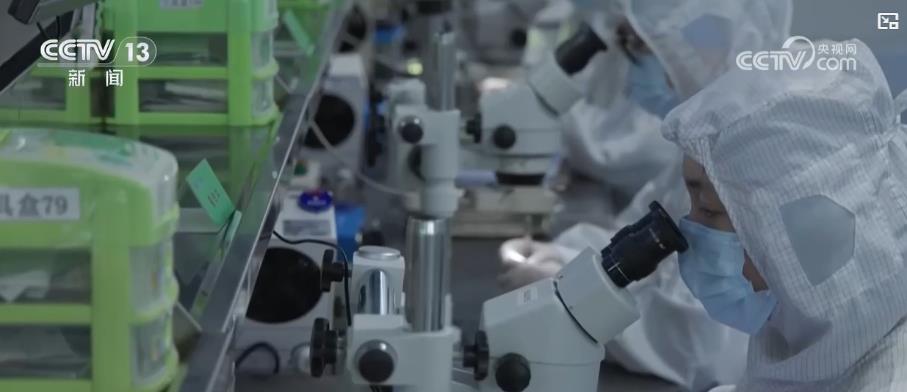
In a company specializing in the production of cochlear implants in Yuhang, Hangzhou, on a busy production line, workers are conducting pre-departure testing of a batch of products about to be sold to Russia.
On the workshop monitoring large screen, with the help of a 30x microscope, the reporter saw that the laser welding machine was laser welding the receiving coil of the cochlear. On the coil, there are more than 500 welding points in the area of less than one thumb nail. Any slight shaking of the welding machine will bring serious consequences to the product.
In another innovative highland Binjiang District, Hangzhou National Major Science and Technology Infrastructure Research Institute, a 14-meter underground laboratory, staff are testing the performance of an extremely weak magnetic field device. The operation of these devices and instruments requires an extremely weak magnetic field environment.
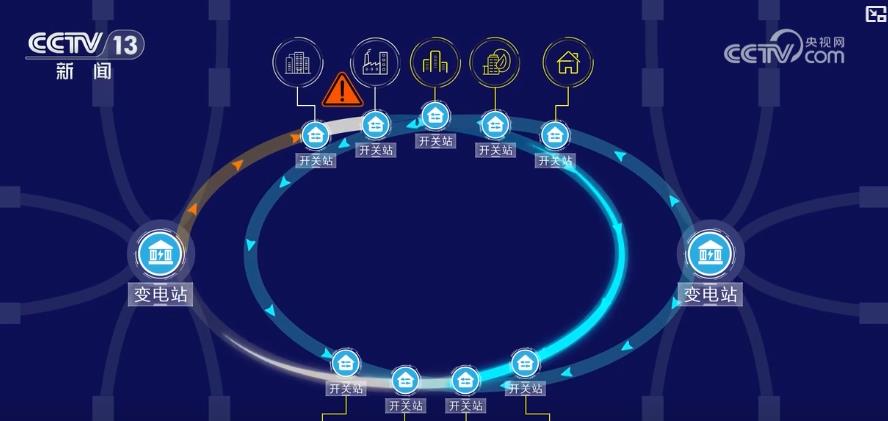
To ensure their stable electricity use, a brand new distribution network is providing stable power supply to these companies. This new distribution network has four 10 kV lines connected in series to form two ring grid structures, which are vividly called double-petal grid structures. Compared with conventional power supply grids, such a structure can provide double power supply guarantee.
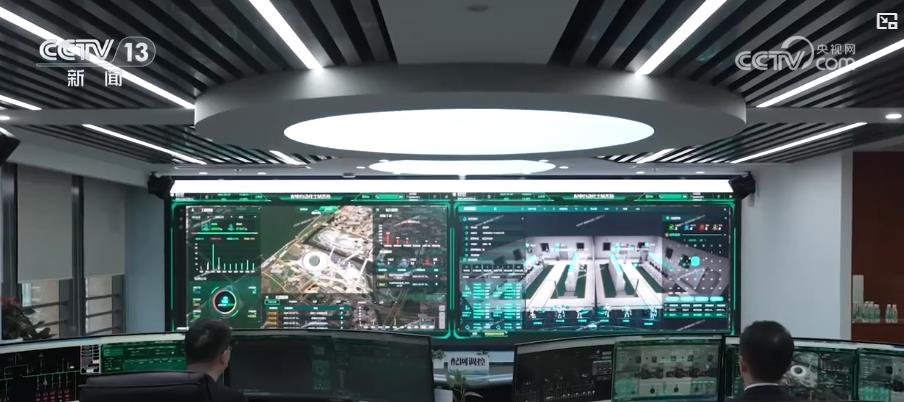
It is not just a "double petal" distribution network, but the reporter also learned in the interview that relying on Hangzhou's powerful digital base, a digital twin power grid has also been built here. In this network, through digital technology, the actual power grid is installed into a computer, and the operating status of more than 3,800 distribution stations can be monitored and analyzed in real time.
Electric service upgrade project implementation accelerates
In the investigation in Hangzhou, the reporter saw that in response to the current production needs of enterprises, the power supply is not only stable, but also faster and more efficient.
At the construction site of the Hangzhou Nanhu Science and Technology Achievements Transformation Project, foundation pile driving has just begun, but the poles that power the project have been erected and the wires have been connected to the construction site.
At Hangzhou Electric Power Marketing Service Center, the reporter saw that a newly launched power service control platform for major projects is operating. Click on one of the items to see its registration time, intended power connection time and other information are clear at a glance.
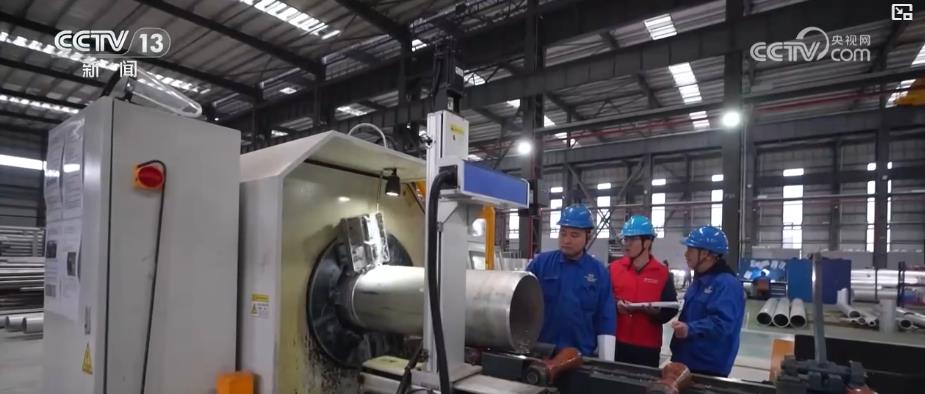
After the electricity demand of major projects is built on this platform, a work schedule will be generated with one click to monitor the power grid supporting projects, etc. in real time. In response to the possible growth in power demand caused by future industrial development, the local government is also expanding related investment and infrastructure construction. During the investigation, the reporter happened to encounter the construction of the first line section of the Gansu-Zhejiang ultra-high voltage project, the "West-to-East Power Transmission" project. This line, which spans thousands of miles, will send Zhejiang 36 billion kilowatt-hours of electricity every year, accounting for 6% of Zhejiang's total electricity consumption, and will add another energy engine to Hangzhou.



